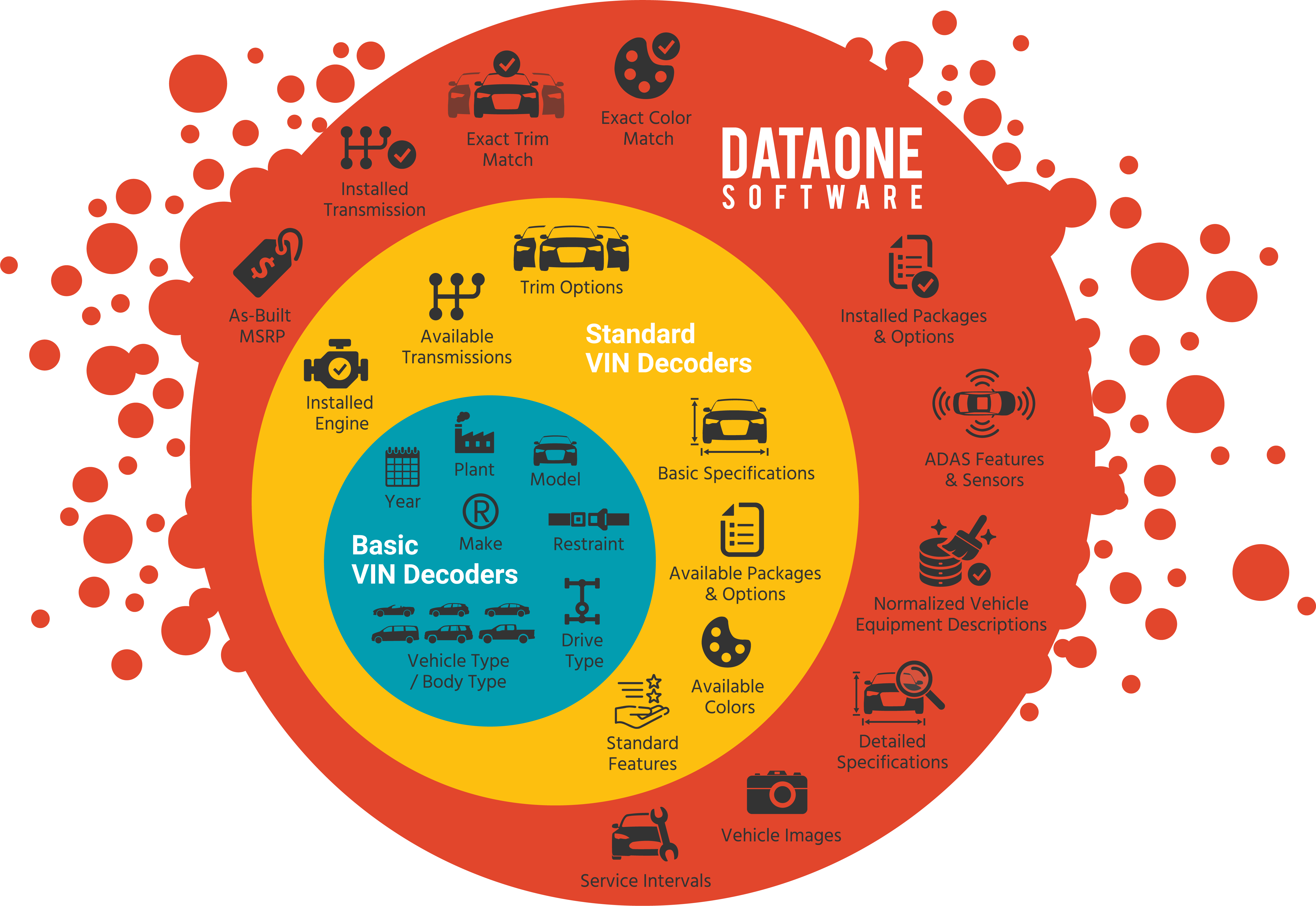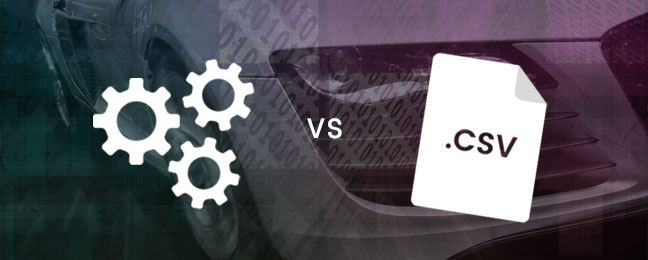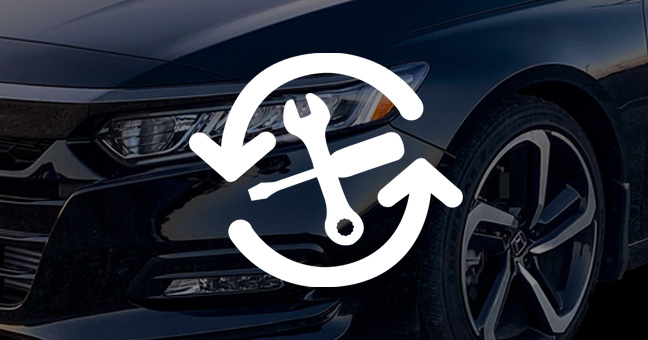DataOne’s VIN Decoding 101 article series laid the groundwork by breaking down what information is encoded in a Vehicle Identification Number (VIN), and what vehicle information you can expect to decode from a commercial VIN decoder. Now it’s time to take things to the next level. VIN Decoding 201 dives deeper into the complexities behind those 17 characters and why not all VIN decoding solutions are created equal when it comes to obtaining a highly granular level of detail in a consumable format. We’ll also look at how advanced VIN decoding powers today’s automotive ecosystem, influencing everything from vehicle merchandising, maintenance and repair to insurance, fleet management, and beyond. We hope the articles in this series will help better inform your decision in vetting your potential vehicle data partner.
Sep 3 2025
Topics: Automotive Data, Vehicle, VIN
Apr 10 2025
This post has been republished with updates since its original publication date of December 2011.
It is not uncommon for some of the people who express interest in our VIN data to have little experience with automotive data in the past. They may be new to the company/position, or they may be looking to apply an existing business model in a new way that requires a VIN decoder or vehicle data. Many times, these people are not quite sure what to expect to get in return for decoding 17-digit VINs. Below is a list of 10 things that you can expect to be returned when decoding US passenger and light-duty vehicle identification numbers.
Topics: Logistics, Automotive Data, Vehicle, VIN, Auto Manufacturers, Vehicle Equipment
Feb 4 2025
Whether you’re a large salvage yard that builds out its proprietary tools for yard management, or a solution/software provider to small to mid-sized salvage yards, it’s essential that the vehicle data you leverage is accurate and complete enough to meet requirements for critical use cases, including some of the most common instances outlined below.
VIN decoding and identification are terms that have a different meaning and context depending on the solution type and the use case. This could mean simply determining the year, make, model, and engine. Others could include much deeper level attributes including equipment, as well as the return of specific ACES VCdb fields for vehicle-to-part matching and compatibility.
In this article, we’ve described a few primary cases where vehicle data can be pivotal for efficient yard management processes.
Topics: VIN, Auto Salvage
Dec 19 2024
A while back, we wrote an article highlighting some of the key differences between a free VIN decoder service and a paid VIN decoding solution. When actively comparing enterprise-scale, commercial vehicle data solutions for your business, the differences are not as obvious as with free solutions. Many commercial VIN decoding and vehicle data providers offer a robust level of detail for a large number of major OEMs, and may even offer different levels of specificity to match your business's data requirements. Rather than producing an elaborate text-based document to explain the differences, the DataOne team felt it would be more helpful to display how DataOne's VIN decoder API stands out from a basic or standard VIN decoder in an infographic format.
Read MoreTopics: VIN
Oct 8 2024
Have you been tasked with picking the best vehicle data and VIN decoding solution for your new business venture or a new product at your current company? There are many things you need to consider when choosing a VIN data solution, such as the depth and breadth of vehicle data coverage, accuracy of the data, pricing, and, as discussed in this article, delivery options.
Read MoreTopics: Automotive Data, VIN, API
Mar 13 2024
Aside from the obvious difference, one is free and one costs money, there is often confusion around how free VIN decoder services vs. paid VIN decoding solutions differ, and why one might pay a premium. Each business has different vehicle data and VIN decoding needs, and while a free VIN decoder might do the trick for some businesses, others may require a more comprehensive VIN decoding solution.
Read MoreTopics: VIN
Jan 16 2024
We live in a world that is swiftly traveling towards a fully digital age, making data collection through form submission an integral part of the internet. One of the easiest ways to add significant value to the quoting portals and online lead generations for insurance and warranty is through reverse VIN lookup. Consumers are now able to easily enter their known vehicle details immediately without requiring a VIN, which can push leads through the necessary fields with a higher completion rate. The end users (insurance companies and warranty providers) can act on these leads more efficiently because they have the VIN pattern generated from this tool. Lastly, these companies encourage trust with the consumers by providing users with an experience first while still effectively collecting the necessary data.
Read MoreTopics: VIN, Insurance, Risk Management
Nov 28 2023
The economic conditions of the early 2020s had a unique impact on the automotive industry. Dubbed trimflation by car culture website Autopian, the output in entry-level models was greatly reduced, while high-margin trims became more commonplace and MSRPs were increased across the board. UMass Amherst Professor Isabella Weber noted, “Companies in the automobile sector [amplified] price pressures enabled by a form of temporary monopoly granted by the computer chip shortages. This allowed car producers to focus on expensive models with higher margins and generally raise prices without having to fear a loss in market share.”
Read MoreTopics: VIN, Insurance, Risk Management
Nov 14 2023
All the different vehicle weight terminology can be quite confusing. While some are more obvious than others, the shear mass of information can be daunting. This article was written to take the weight off your chest…
Read MoreTopics: Logistics, Automotive Data, VIN
Sep 6 2023










